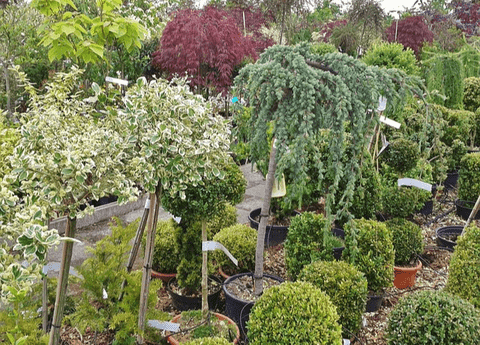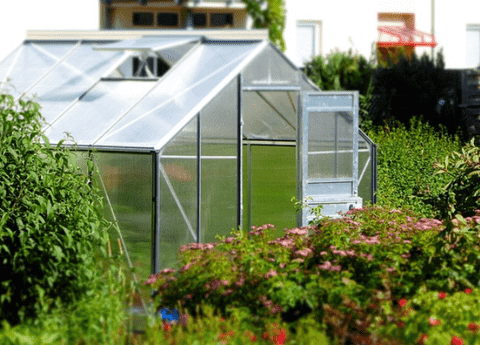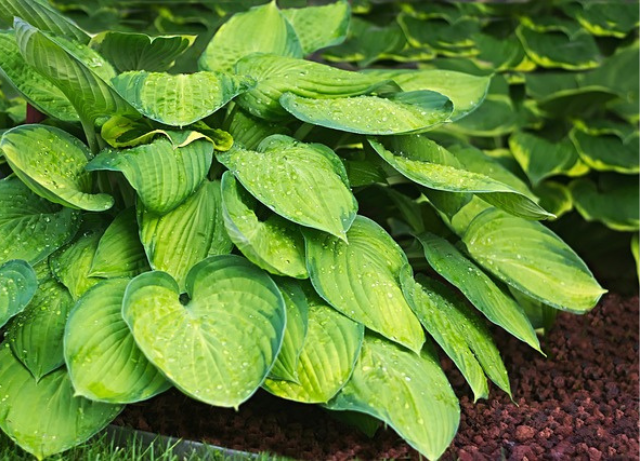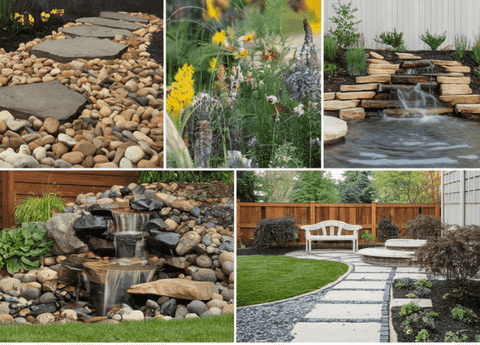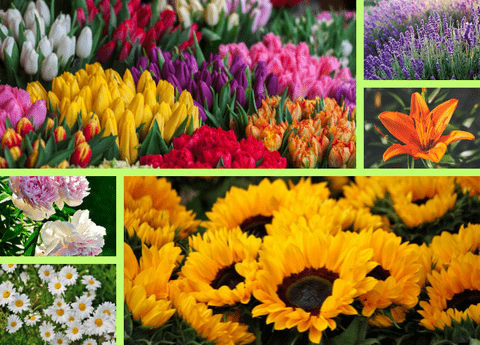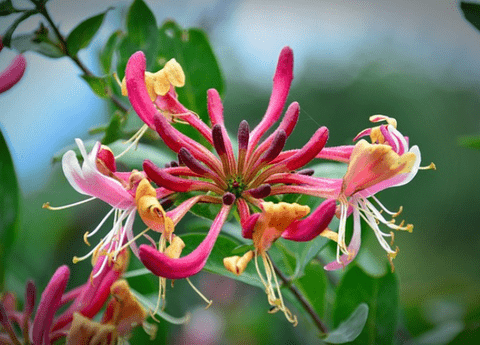The Ultimate Guide to Starting a Plant Nursery: Tips and Tricks for Beginners
Starting a plant nursery can be a rewarding venture for plant enthusiasts, gardeners, homeowners, and environmentalists alike. Whether you’re passionate about home gardening or looking to cultivate a variety of indoor and outdoor plants, establishing a plant nursery offers endless possibilities for growth and sustainability. In this guide, we will delve into essential tips and tricks for beginners, providing valuable insights into creating a thriving plant nursery that promotes sustainable gardening practices. From choosing the right plants to nurturing them for optimal growth, this comprehensive resource will equip you with the knowledge needed to turn your green thumb into a flourishing business.
Getting Started with Your Plant Nursery
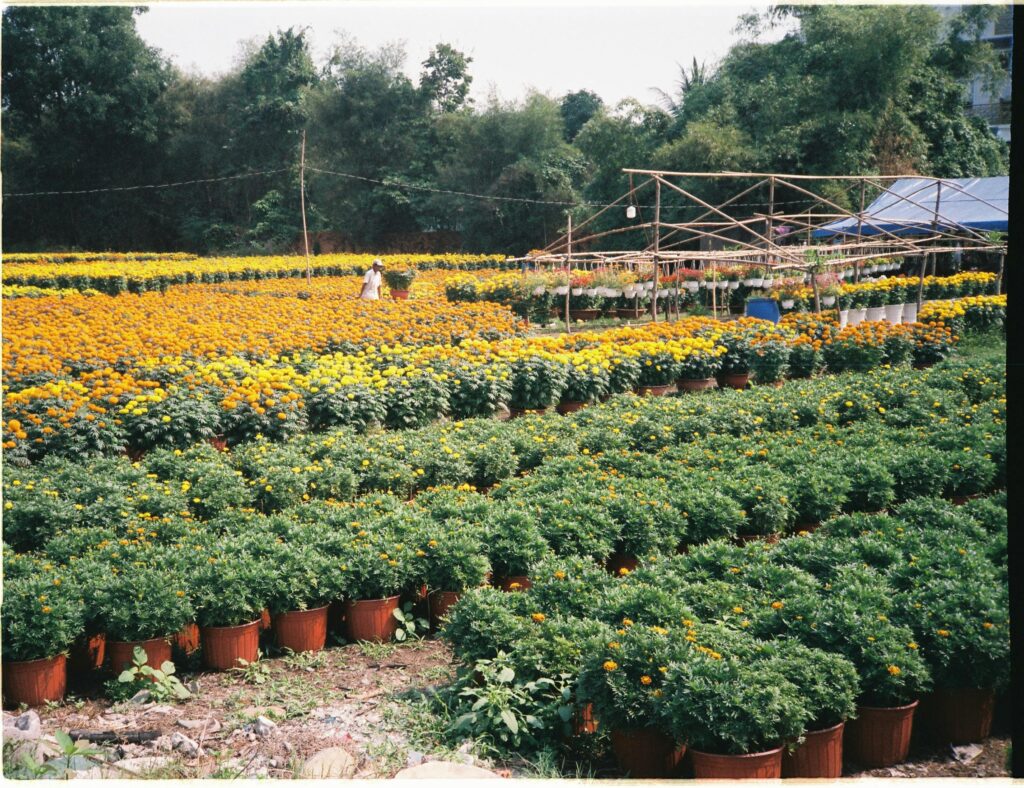
Choosing the Right Location
Selecting the ideal location for your plant nursery is crucial for its success. First, consider the climate of the area. Different plants thrive in different climates, so ensure the local weather conditions align with the types of plants you wish to grow in your plant nursery. Additionally, assess the soil quality. Perform a soil test to analyze its pH level and nutrient composition. A well-draining, nutrient-rich soil is essential for plant health. Also, think about accessibility. Your plant nursery should be easily accessible to both suppliers and customers. Proximity to water sources is another vital factor, as plants require regular watering. Lastly, consider the amount of sunlight the location receives. Most plants need ample sunlight, so choose a spot that gets at least six hours of direct sunlight daily. By carefully evaluating these factors, you can set a strong foundation for a flourishing plant nursery.
Essential Tools and Supplies
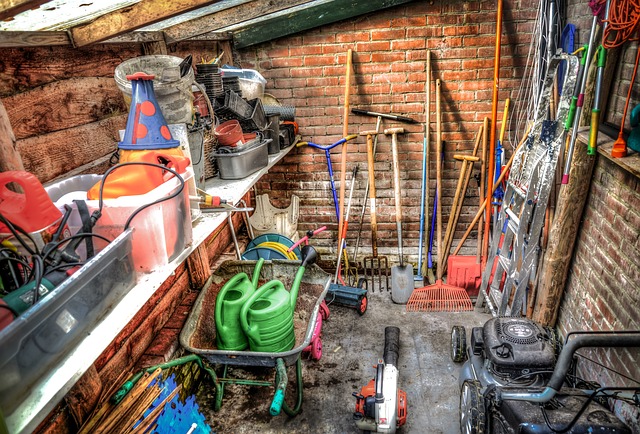
Equipping your plant nursery with the right tools and supplies is essential for efficient operation and healthy plant growth. Begin with basic gardening tools such as pruners, trowels, spades, and hoes. These tools will help with planting, weeding, and pruning tasks. Invest in high-quality watering equipment, including hoses, watering cans, and drip irrigation systems, to ensure your plants receive adequate hydration.
Containers and pots are crucial for starting seeds and transplanting young plants. Choose a variety of sizes to accommodate different plant species in your plant nursery. Fertilizers and soil amendments, like compost and mulch, are necessary to maintain soil fertility and promote robust plant growth. Additionally, consider purchasing stakes and trellises to support climbing plants.
Protective gear, such as gloves and knee pads, will keep you comfortable and safe while working. By acquiring these essential tools and supplies, you’ll be well-prepared to manage and grow your plant nursery effectively.
Understanding Plant Types
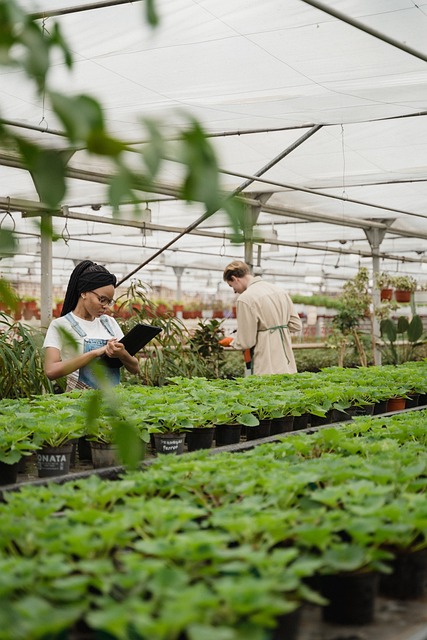
Understanding the different types of plants is fundamental when starting a plant nursery. Begin by familiarizing yourself with annuals, biennials, and perennials. Annuals complete their life cycle in one year, making them ideal for seasonal displays. Biennials take two years to complete their cycle, typically producing foliage in the first year and flowers in the second. Perennials, on the other hand, live for several years, offering long-term beauty and stability.
Next, consider the needs of indoor plants versus outdoor plants. Indoor plants often require less sunlight and can thrive in controlled environments, making them perfect for home gardening enthusiasts. Outdoor plants, however, generally need more sunlight and space to grow.
Additionally, learn about the specific requirements of each plant, including water, light, and soil preferences. By understanding these distinctions, you can better select and care for the plants in your plant nursery, ensuring a diverse and healthy inventory that appeals to a wide range of customers.
Growing and Caring for Plants
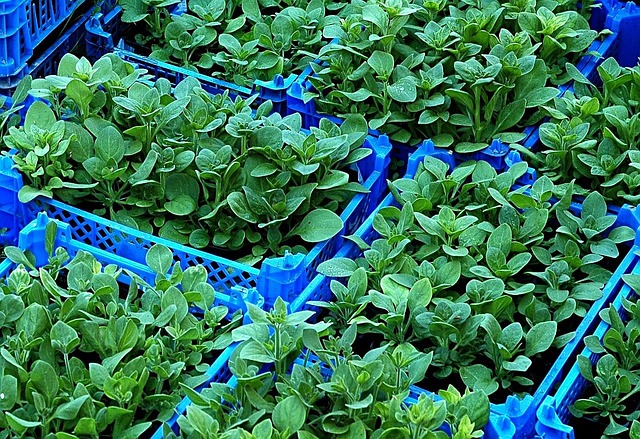
Home Gardening Techniques
Mastering home gardening techniques is crucial for nurturing plants in your plant nursery. Start with proper planting methods. Ensure the soil is well-prepared, rich in nutrients, and has good drainage. When planting, dig holes that are twice the size of the plant’s root ball to allow roots to spread easily.
Watering is another key aspect. Overwatering may result in root rot, whereas underwatering can put your plants under stress. Aim to keep the soil evenly moist without waterlogging it. Watering in the early morning is ideal as it reduces evaporation and allows plants to absorb moisture throughout the day.
Pruning and deadheading are essential for promoting healthy growth and flowering. Remove dead or diseased leaves and spent flowers to encourage new growth and prevent the spread of disease.
Lastly, consider mulching to retain soil moisture, suppress weeds, and regulate soil temperature. Organic mulches, like compost or bark chips, gradually improve soil structure as they decompose. Implementing these techniques will help you maintain a thriving home garden within your plant nursery.
Indoor Plant Care Tips
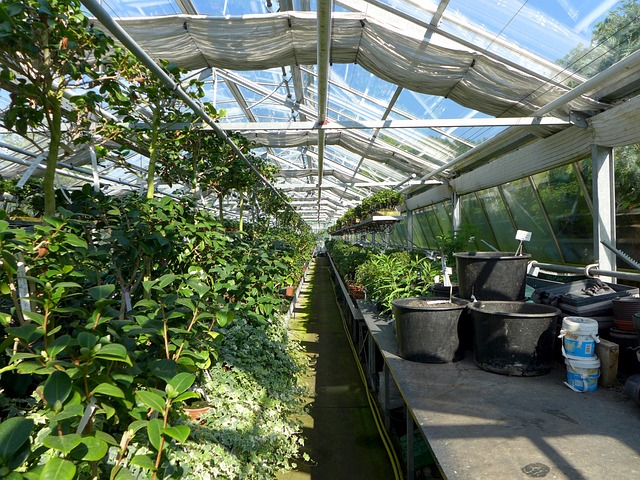
Caring for indoor plants requires specific attention to their unique needs. Start by placing your plants in locations with adequate light. Most indoor plants thrive in bright, indirect sunlight, so placing them near windows with filtered light is ideal. If natural light is inadequate, consider using grow lights to provide extra illumination.
Watering indoor plants can be challenging, with overwatering being a common mistake. Wait until the top inch of soil has dried out before you water again. Ensure you use pots with drainage holes to prevent water from accumulating at the bottom and causing root rot.
Maintaining proper humidity levels is also crucial. Indoor environments can dry out, particularly during the winter months. To increase humidity, use a humidifier or place a tray of water near your plants.
Additionally, dust can accumulate on leaves, blocking sunlight. Regularly wipe leaves with a damp cloth to keep them clean. Fertilize your indoor plants every few months with a balanced, water-soluble fertilizer to ensure they receive essential nutrients. Following these tips will help your indoor plants flourish in your plant nursery.
Outdoor Plants Best Practices
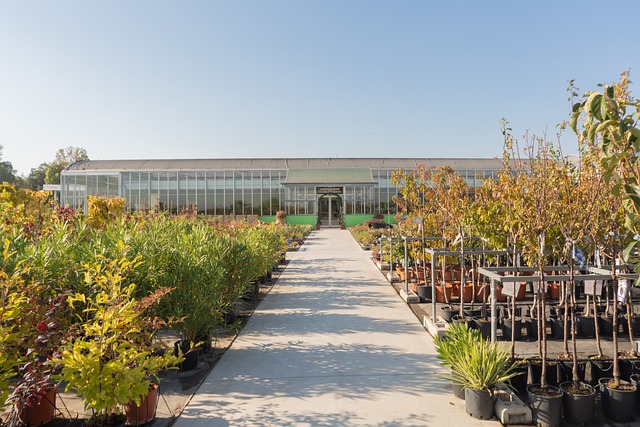
Tending to outdoor plants involves several best practices to ensure they thrive in an ever-changing environment. Start with soil preparation. Enrich the soil with organic matter such as compost to improve its structure and nutrient content. Well-prepared soil supports healthy root development and robust plant growth.
Watering is crucial but should be done judiciously. Water plants deeply to encourage roots to grow deeper into the soil, but avoid frequent shallow watering. Early morning or late afternoon is the best time to water, reducing evaporation and maximizing absorption.
Mulching is another effective practice. Spread a layer of mulch around your plants to keep the soil moist, reduce weed growth, and maintain consistent soil temperature. Organic mulches, like straw or wood chips, also enrich the soil as they decompose.
Pruning and deadheading are essential for promoting healthy growth and flowering. Frequently remove dead or diseased leaves to stop the spread of pests and diseases. By following these best practices, you can keep your outdoor plants vibrant and healthy in your plant nursery
Sustainable Gardening Practices
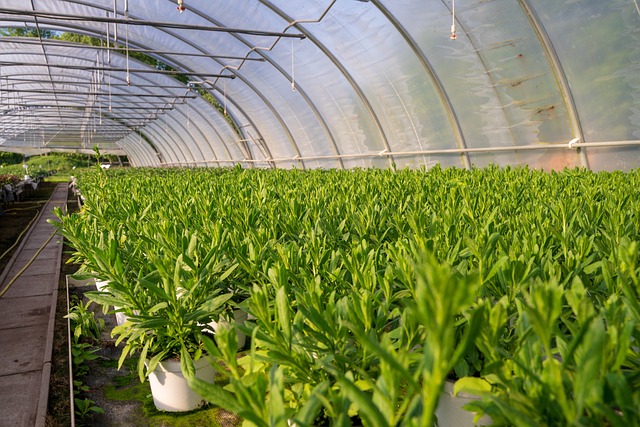
Eco-Friendly Plant Nursery Methods
Adopting eco-friendly methods in your plant nursery is not only beneficial for the environment but also promotes sustainable gardening practices. Start by reducing the use of chemical pesticides and fertilizers. Opt for organic alternatives such as compost, bone meal, and organic pest control solutions. These natural options help maintain soil health and protect beneficial insects.
Water conservation is another key aspect. Implement rainwater harvesting systems to collect and store rainwater for irrigation. Drip irrigation systems are also effective in minimizing water wastage by delivering water directly to the plant roots.
Consider using biodegradable pots and containers made from materials like coconut coir or peat instead of plastic. These alternatives decompose naturally, reducing plastic waste.
Additionally, promotes biodiversity by growing a diverse range of plants. This attracts various pollinators and beneficial insects, creating a balanced ecosystem. By integrating these eco-friendly methods into your plant nursery, you support the environment and encourage sustainable gardening among your customers.
Water Conservation Tips
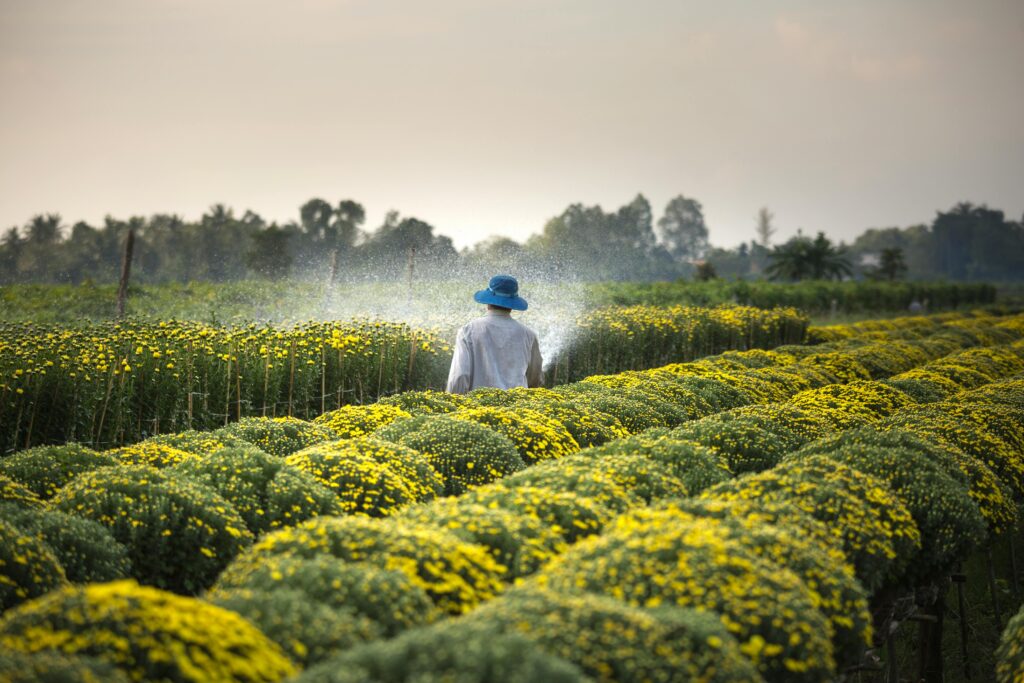
Water conservation is crucial for sustainable gardening, particularly in areas prone to drought. Begin by selecting drought-tolerant plants that need less water. Native plants are often well-adapted to local climate conditions and can thrive with minimal irrigation.
Implement efficient watering techniques such as drip irrigation. This method provides water directly to the roots, minimizing evaporation and runoff. Watering in the early morning or late evening also helps reduce water loss due to evaporation.
Mulching is a highly effective strategy. Spread a layer of organic mulch around your plants to retain soil moisture, suppress weeds, and regulate soil temperature, which in turn reduces the need for frequent watering.
Collecting rainwater is a sustainable way to meet your watering needs. Set up rain barrels to capture and store rainwater from your roof. This valuable resource can be used to water your plants during dry spells.
By integrating these water conservation tips, you can maintain a thriving plant nursery while minimizing water usage and promoting sustainable gardening practices.
Organic Pest Control Strategies
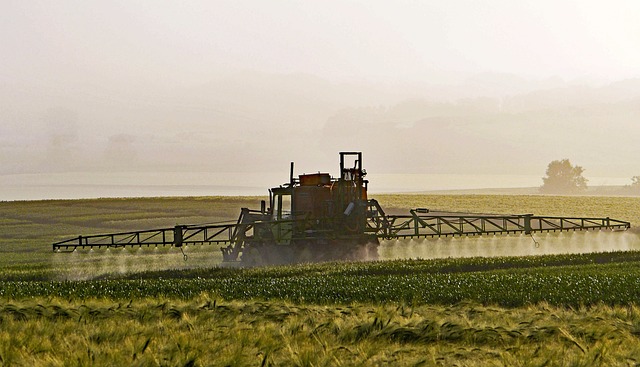
Implementing organic pest control strategies is vital for maintaining a healthy and sustainable plant nursery. Start by encouraging beneficial insects such as ladybugs, lacewings, and predatory beetles, which naturally prey on harmful pests. Planting a variety of flowers and herbs can attract these beneficial insects to your plant nursery.
Neem oil is an effective organic pesticide that can control a range of pests, including aphids, mites, and whiteflies. It is biodegradable and safe for beneficial insects when used correctly. Similarly, insecticidal soaps can target soft-bodied insects without harming the environment.
Introduce companion planting techniques to deter pests. For example, planting marigolds alongside vegetables can repel nematodes and other pests.
Regularly inspect your plants for signs of pest infestations. Early detection allows for quick action, minimizing potential damage. Physical barriers, such as row covers, can also protect plants from insect pests without the need for chemicals.
By adopting these organic pest control strategies, you can manage pests effectively while supporting a sustainable and eco-friendly plant nursery.

